(SCAMPER is one of the tools available in The Concept Garden web application.)
SCAMPER takes the existing situation or object and looks at how it could be changed to achieve the desired result. The word SCAMPER stands for Substitute, Combine, Adapt, Magnify, Put to other uses, Eliminate, Rearrange (Reverse). We apply each of these possibilities to the resources available to solve the problem.
The technique is applied in two stages:
Substitute | Can we substitute one or more of the resources with another? E.g. The pitcher plant lives in very poor soils and so substitutes insects for soil as a nutrient source. | 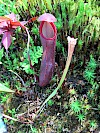 |
Combine | Can we combine two or more resources to solve the problem? E.g. Wild fruit trees have strong roots system but give less palatable fruit. Varieties with good fruit often have a weak root system. Generally, a commercial fruit tree is grafted onto (combined with) a strong root stock. | 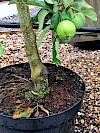 |
Adapt | Can we adapt someone else’s solution to solve our problem? E.g. Wild roses have been adapted through hybridisation to give larger and stronger scented flowers. |  |
Magnify | Can we magnify, or increase, a component to solve the problem? E.g. Strawberries have been bred to give much larger fruit that the wild strawberry. |  |
Put to other uses | Can we find different or additional uses for one or more of the resources? E.g. This boat has been used as an enormous plant pot to give an interesting pavement flower display. | 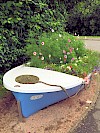 |
Eliminate | Can we solve the problem by eliminating, or reducing, one or more resource? E.g. Students at Duncan of Jordanson School of Art used a jute backing to eliminate the soil and so allow them to grow grass up a wall. | 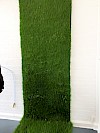 |
Rearrange (Reverse) | Can we rearrange resources to solve the problem? E.g. at the Beyeler Museum in Riehen, flower beds were rearranged vertically to give a flower sculpture of a flower. | 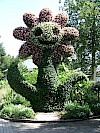 |
Asking each of these questions (and others specific to the situation under consideration) directs the attention to particular aspects of the problem and potential sources of a solution. The can be physical resources like tables and chairs, people resources like managers or researchers, or virtual resources like time and motivation, or even existing ideas[1]. Each SCAMPER step can then be applied to these resources.
We have found that, when starting to learn the tool, it is useful to draw up a matrix with the resources down one column and the SCAMPER as headers for the other columns.
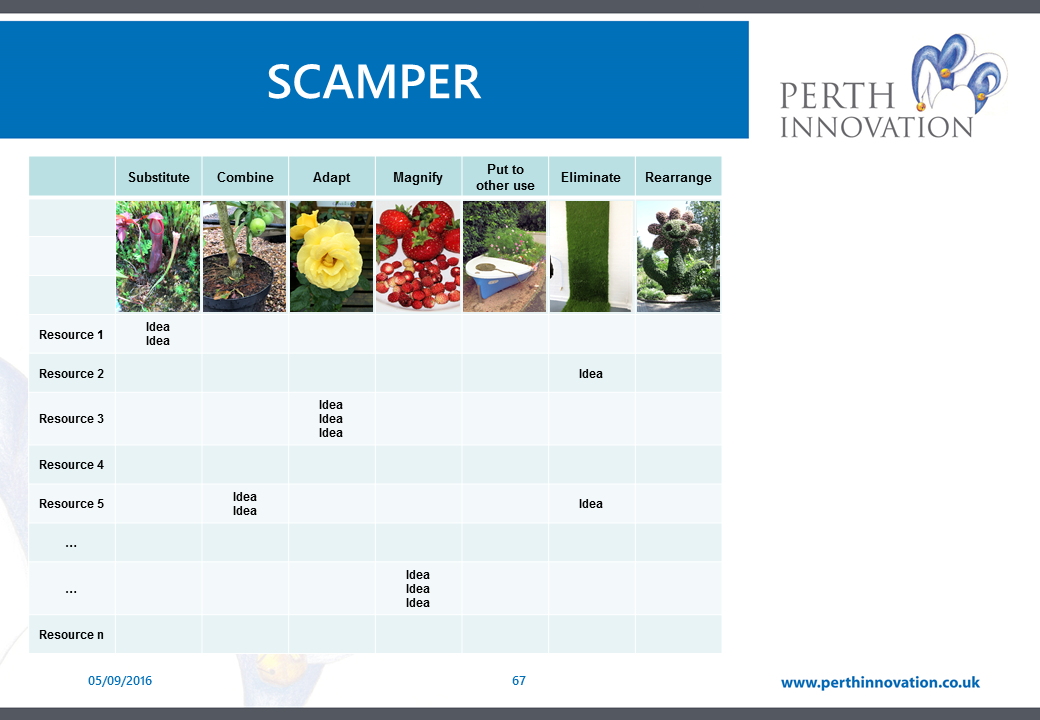
We can take each resource and work our way along each row to see what ideas we can generate. Alternatively, we can take each letter of SCAMPER and work our way down the columns, generating ideas as we go. As a final option, we can just pick cells in the matrix and try to generate ideas.
(SCAMPER is one of the tools available in The Concept Garden web application.)
[1] We have sometimes run a brainwriting session to generate some ideas and then used SCAMPER with those ideas as the main resource. This can be a very effect way to generate innovative ideas.
PMI Aberdeen EventBlinking Fast and Slow (The importance of cognitive ...
There are stories, going back to ancient Greece, of dolphins helping stranded ...
Her: So, what do you do?Me: I help companies to think out of the box and act in ...
In my work, I have frequent discussions with people about innovation. These ...